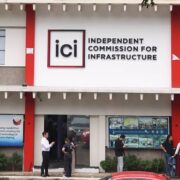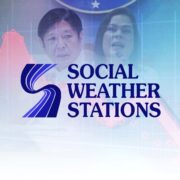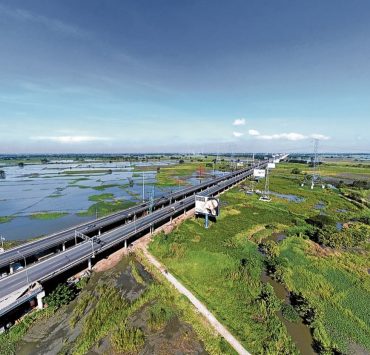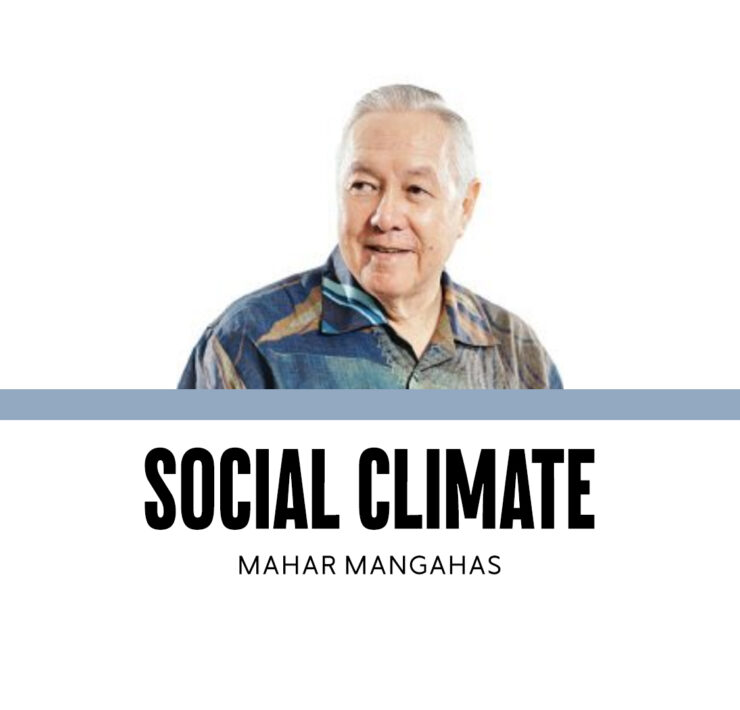When hunger and poverty go opposite
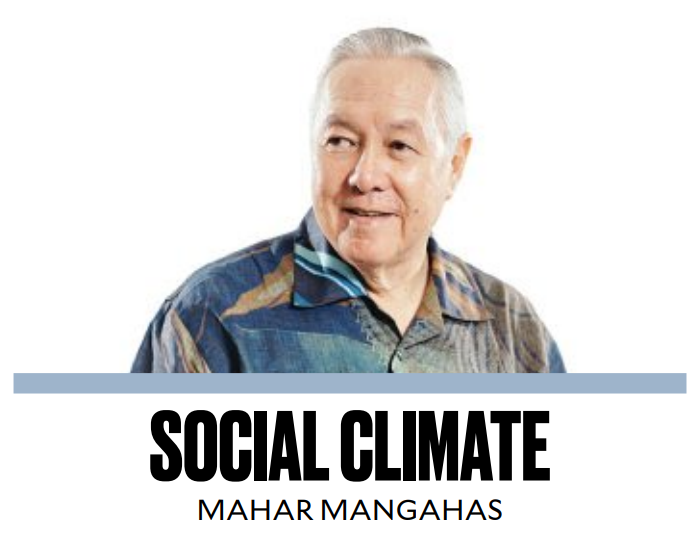
The big picture from the First Quarter 2024 Social Weather Stations (SWS) reports on poverty and hunger is that both are struggling to recover to the pre-pandemic levels of 2019. For reference, the 2019 quarterly averages were 45 percent self-rated poor families and 9.3 percent hungry families.The interesting new development is that, compared to the Fourth Quarter of 2023, the national percentage of Self-Rated Poor families dropped (by 1 point), while that of hungry families rose (by 1.6 points), i.e., it moved in the opposite direction. (See “46% of Filipino families feel Poor, similar to 47% in December 2023; 30% feel Borderline, and 23% feel Not Poor,” and “Hunger rises to 14.2% in March 2024 from 12.6% in December 2023,” sws.org.ph, 4/26/2024 and 4/30/2024.)
The latest poverty rate is only 1 point over 2019, but the latest hunger rate is almost 5 points over 2019, a highly significant difference. Therefore, hunger is now the tougher problem, and it becomes more so when it moves opposite to poverty. This is not a new phenomenon; it also happened several times in the past and is not due to inconsistency of measurement.
The pain of hunger is experienced by both the poor and the non-poor. In the SWS survey interview, the household head is asked about the family’s current state of poverty first, and afterwards about its experience of hunger in the last three months. The experience of hunger is asked whether the family is poor or non-poor. Of course, hunger is more common among the poor; but the non-poor also experience it to some extent.
In March 2024, the hungry were 19.3 percent of the poor, or double the 9.8 percent hungry of the non-poor. In December 2023, on the other hand, the hungry had been 20.1 percent of the poor, or more than triple the 5.9 percent hungry of the non-poor. Thus, from last December to this March, the hunger rate rose very much among the non-poor; while among the poor it fell slightly (see Chart 8 of the SWS hunger report).This explains how the hunger rate actually rose even though the poverty rate fell, between December and March.
Obviously, the increase in hunger was due to higher food prices in the last several months. To stem food prices, cutting tariffs on food imports is a much quicker solution than trying to raise agricultural productivity. A tight money policy is advisable.
Note that the National Capital Region (NCR) has the most hunger—again. In March 2024, the percentage of hungry families was 19.0 in NCR, 15.3 in Balance Luzon, 15.0 in Visayas, and 8.7 in Mindanao. The obvious handicap of highly urban families is that they lack the means of supplementing their food by growing crops, raising animals, or catching fish at home.
Among the four SWS study areas, NCR has been the hungriest for several years already (Table 2 of the hunger report). Since the pandemic, NCR’s average hunger topped the areas at 14.1 percent in 2023, 15.3 percent in 2022, 16.4 percent in 2021, and an awful 22.2 percent in 2020. That’s on the way down, but not yet reaching pre-pandemic, when NCR’s hunger also topped the four areas at 11.3 percent in 2019 and 13.7 percent in 2018.
And yet NCR is the area with the least poverty (Table 2 of the poverty report).In March 2024, the latest Self-Rated Poor percentages are 33 in NCR, 38 in Balance Luzon, 64 in Visayas, and 56 in Mindanao. In 2021-23, NCR always had the least poverty. In 2020, the poverty percentage was 45 in NCR, above the 42 in Balance Luzon. Pre-pandemic poverty was also least in NCR. The contrast in the geographical pattern of hunger and poverty indicates the more intense economic inequality in NCR.
In NCR, the median Self-Rated Poverty Threshold has now hit P25,000 per month for the first time. This is what half of the NCR’s poor say they need for home expenses—which exclude commuting to work, load for the mobile, and all other work-related expenses—in order not to feel poor. Their median poverty gap, which is what half of them say they lack for home expenses, is P10,000 per month.
In each area, the median poverty threshold and median poverty gap are as stated by the families that rate themselves as poor. They are not pre-defined by SWS. In Balance Luzon, the median monthly threshold is P15,000, and the median gap is P6,000. In Visayas the counterpart numbers are P15,000 and P5,000; in Mindanao they are P10,000 and P5,000 respectively. These indicate both the cost of living in those areas and the standards of poor families there. When a threshold goes down over time, it means that poor families are tightening their belts.
It is by observing poverty and hunger together that one gets to understand the relationship between the two. It is how one sees that, at any one time, hunger is not limited to the poor, and that, over time, its proportions of either the poor or the non-poor are not fixed. New discoveries lead to new questions, and so on.
Dr Mahar Mangahas is a multi-awarded scholar for his pioneering work in public opinion research in the Philippines and in South East Asia. He founded the now familiar entity, “Social Weather Stations” (SWS) which has been doing public opinion research since 1985 and which has become increasingly influential, nay indispensable, in the conduct of Philippine political life and policy. SWS has been serving the country and policymakers as an independent and timely source of pertinent and credible data on Philippine economic, social and political landscape.





